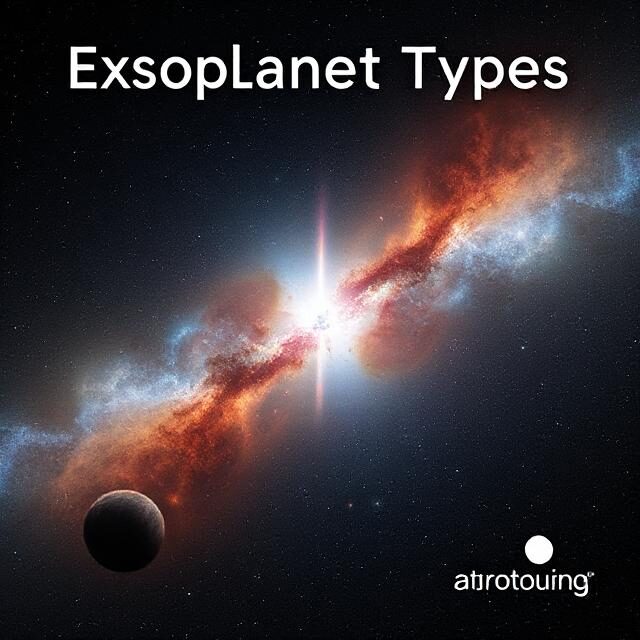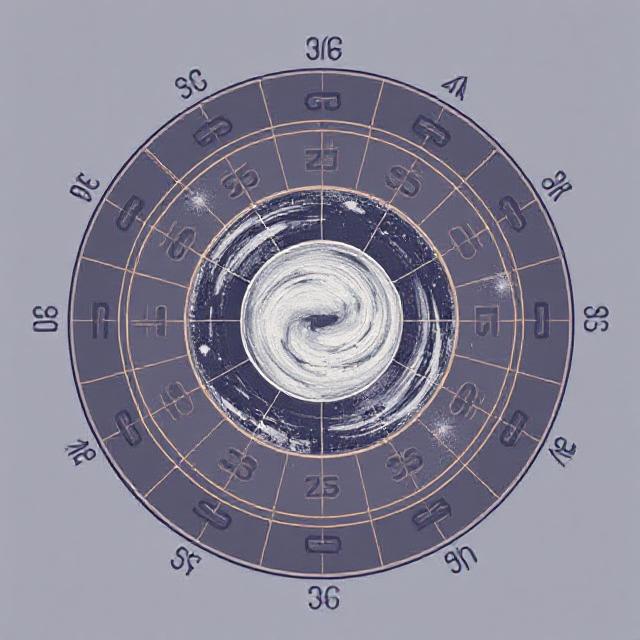Exoplanet Types


What Are Exoplanets? A Deep Dive into Planet Types Beyond Our Solar System
Have you ever wondered what lies beyond our solar system? Scientists have discovered thousands of exoplanets . planets that orbit stars other than the Sun. These distant worlds vary in size, temperature, and composition. Some may even be capable of supporting life.
In this guide, we’ll explore the main types of exoplanets, how they’re discovered, and why they matter in the search for alien life.
What Is an Exoplanet?
An exoplanet, or extrasolar planet, is a planet located outside our solar system. Most of them orbit distant stars, much like Earth orbits the Sun.
Astronomers have confirmed over 5,000 exoplanets, and the number keeps growing. Thanks to missions like NASA’s Kepler and TESS, the universe feels more alive than ever.
Some of these exoplanets are small and rocky, while others are gas giants bigger than Jupiter. To learn more about the process of discovering these planets, check out our intro to space exploration guide.
Main Types of Exoplanets
Just like planets in our solar system, exoplanets come in many shapes and sizes. Scientists group them based on their size, composition, and orbit.
Gas Giants: The Massive Worlds
Gas giants are the largest type of exoplanets. They are made mostly of hydrogen and helium and have no solid surface.
These planets resemble Jupiter and Saturn. Many orbit very close to their stars, earning them the nickname “Hot Jupiters.” Due to their size, they are easier to spot using telescopes.
Some gas giants may even have rings or moons, just like our own gas giants
Ice Giants: Cold and Distant
Ice giants, like Neptune and Uranus in our solar system, are made mostly of water, ammonia, and methane ices.
Though smaller than gas giants, they’re still larger than Earth. These planets are colder and usually found farther from their stars.
Some of them could have subsurface oceans or icy moons. Their chemical makeup tells us a lot about how planetary systems form and evolve.
Terrestrial Planets: Earth-Like and Rocky
Terrestrial planets are rocky worlds like Earth, Mars, or Venus. They have solid surfaces and are often small in size.
These planets excite scientists the most. Why? Because they may have the right conditions for life. Some orbit in the habitable zone the region around a star where water can exist as a liquid.
The discovery of rocky exoplanets with Earth-like traits is one of the most promising areas in space research today.


Super-Earths and Mini-Neptunes
Some exoplanets don’t fit into our usual categories. Super-Earths are larger than Earth but smaller than Neptune. They may be rocky, gaseous, or something in between.
Mini-Neptunes are smaller versions of ice giants and often have thick atmospheres. We don’t have these in our solar system, so studying them helps expand our understanding of planet types.
These planets are incredibly diverse. Some have extreme weather, while others may have oceans or volcanos.
How Are Exoplanets Discovered?
Detecting exoplanets is tricky since they are so far away and often hidden by the glare of their stars. However, astronomers use clever techniques.
The Transit Method
This method measures the dip in a star’s brightness when a planet passes in front of it. It’s responsible for the majority of exoplanet discoveries.
NASA’s Kepler mission used this method to confirm thousands of planets. It works best when planets have regular, predictable orbits.
The Radial Velocity Method
Also called the “wobble method,” this technique detects tiny movements in a star caused by an orbiting planet’s gravity.
It’s great for finding massive planets that orbit close to their stars. When combined with the transit method, scientists can even estimate a planet’s mass and composition.
Other Methods
Other detection methods include direct imaging, microlensing, and astrometry. While less common, they help confirm and refine discoveries made using other techniques.
Each approach provides different insights into a planet’s size, orbit, and atmospheric properties.
Why Do Exoplanets Matter?
The discovery of exoplanets opens the door to questions we’ve asked for centuries: Are we alone in the universe? Could other Earth-like planets support life?
Studying types of exoplanets helps us understand our place in the cosmos. By comparing these distant worlds to those in our own solar system, scientists can learn how planets form and evolve.
In time, we might even discover signs of alien life. The James Webb Space Telescope, launched by NASA and ESA, will help us explore atmospheres for water, carbon dioxide, and other life-related molecules.
Explore More with Videos
Want to dive deeper? This NASA video gives a quick overview of how exoplanets are found and classified:
Conclusion: The Future of Exoplanet Discovery
We’re just scratching the surface of what’s out there. With new telescopes and smarter AI tools, the number of known exoplanets will grow fast.
Whether you’re an astronomy lover or just curious about the universe, learning about the types of exoplanets offers endless fascination.










